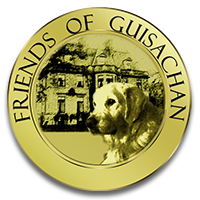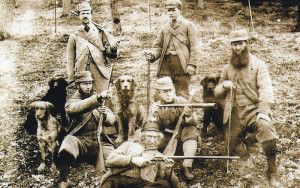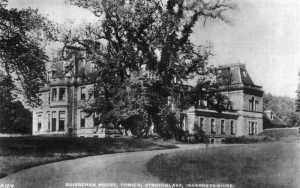Trivia
Did You Know?
(Click on each topic to see the FAQ)
Lord Tweedmouth’s Tame Grouse:
Red grouse, if taken young, make excellent pets, and are extraordinarily fearless. A tame cock grouse at Lord Tweedmouth’s place, Guisachan, in Ross-shire, made great friends with one of the dogs, and used to frequently ride on its back. He was once taken to Oxfordshire, but seemed while there to be depressed and out of spirits, so much so that he was never heard to crow. Sent back to Scotland again, and released from his box at his native home in the Highlands, he instantly ran up a grassy hillock and crowed loudly.
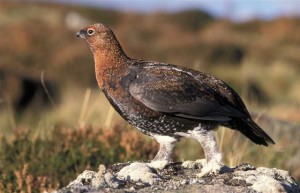 Scottish Red Grouse[/caption]
Scottish Red Grouse[/caption]Belle means beautiful – Belle was a Tweedmouth Water Spaniel and considered to be the Dam of the retriever puppies that are considered to be the first Golden Retriever litter. The puppies from this first litter were named for yellow flowers – crocus, cowslip & primrose.
[caption id="attachment_4010" align="alignright" width="300"] Belle, Tweedmouth Water Spaniel as depicted by Marcia Schlehr[/caption]
Belle, Tweedmouth Water Spaniel as depicted by Marcia Schlehr[/caption]Nous, sire of the first litter of puppies in 1868, is often seen in photos with something in his mouth. That was his favorite toy – his “clothie” or blankie, if you wish.
[caption id="attachment_4101" align="aligncenter" width="400"] Nous carrying his “clothie." The dog next to him historians feel is Belle.[/caption]
Nous carrying his “clothie." The dog next to him historians feel is Belle.[/caption]The Guisachan tweed came about because each estate had its own tweed so that the staff could be identified. Usually the men wore a full suit of their tweed.
[caption id="attachment_4073" align="alignright" width="293"] Guisachan stalker, Simon Fraser, with three dogs 1903. Dogs are Comet (the darkest), Conan (in front) and Ginger. Image courtesy of Donnie Stirling[/caption] [caption id="attachment_2735" align="alignleft" width="300"]
Guisachan stalker, Simon Fraser, with three dogs 1903. Dogs are Comet (the darkest), Conan (in front) and Ginger. Image courtesy of Donnie Stirling[/caption] [caption id="attachment_2735" align="alignleft" width="300"] Guisachan Tweed Scarf (for sale in our store)[/caption]
Guisachan Tweed Scarf (for sale in our store)[/caption]Lord Tweedmouth planted several species of exotic trees on the estate including giant Sequoias and Douglas Fir. Three of his trees were cut to replace the masts on Sir Robert Scott’s ship the RRS Discovery.
[caption id="attachment_4097" align="alignright" width="264"]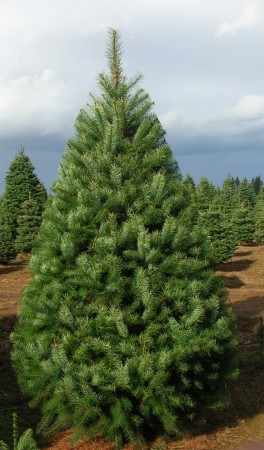 Douglas Fir[/caption] [caption id="attachment_4096" align="alignleft" width="212"]
Douglas Fir[/caption] [caption id="attachment_4096" align="alignleft" width="212"]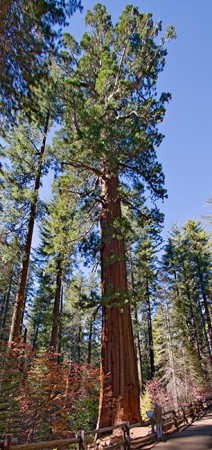 Giant
GiantSequoia[/caption]
*Guisachan is the Gaelic word for pine forest. It is pronounced “yoush- a gan”
